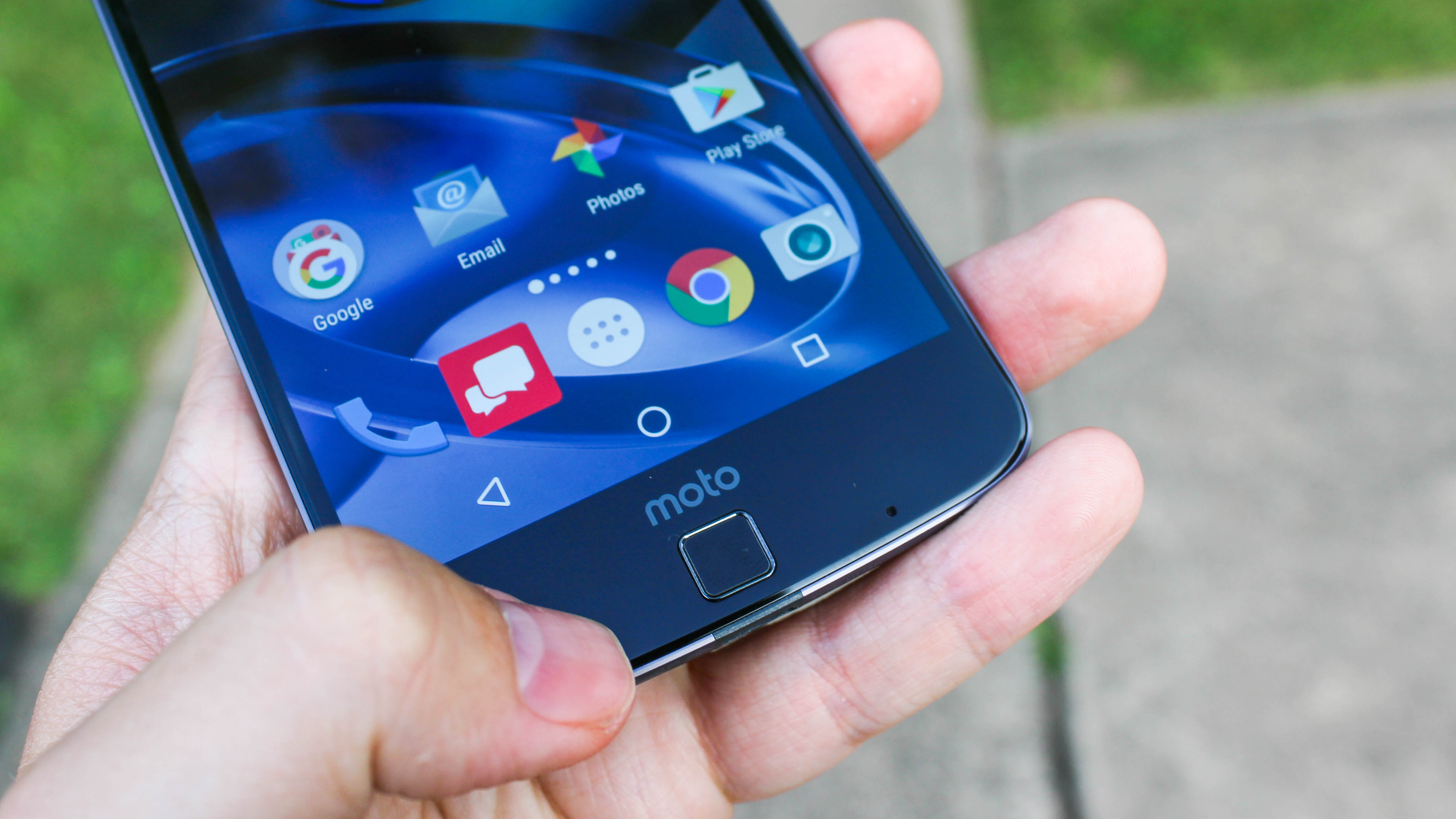Moto Z Android Oreo update will land in 'some time'
The end of a six month-long wait is in sight

Motorola announced in September 2017 that, among many of its phones, the Moto Z would receive the Android Oreo update. About six months later, it looks like the software may soon be seeded to users around the globe.
The anticipated upgrade has made its way to Moto Z owners in Brazil, teasing that Moto is sampling its wares on one region before blasting it out on global basis. The South American country isn’t a typical launch pad for new software, though Moto seems to have just as strong a presence there as it does in any other region.
According to a post made on Lenovo Club, the forum used to make official announcements by parent company Lenovo, those living in the US or Europe will have to wait for 'some time.' How long is that? As with anything relating to Android software, it could be minutes, days or, as a worst case scenario, weeks until we see it arrive on our handsets.
What to look forward to in Oreo
Whenever Android Oreo arrives for the Moto Z, users will be able to take advantage of its marquee features, most notable of which is the picture-in-picture mode. Need to minimize a YouTube video to check on your calendar? Tapping the home button will move the video to a corner of the screen, letting you multitask without missing a beat of the action. This works with video calling, too, so you can do more with your face than just stare at someone’s face.
The software, which will soon be outdated with Android P, still brings welcomed improvements over Android Nougat. Notification dots that add colored blips to your app icons are a slick, subtle way of letting you know that you need to take care of business.
Lastly, the update that launched in Brazil came with the March 1 security patch in tow. In the case that you need to create some space on your Moto Z ahead of the update, you won’t need to move that much, as Android Oreo comes in at 1.4GB.
Via PhoneArena
Sign up for breaking news, reviews, opinion, top tech deals, and more.

Cameron is a writer at The Verge, focused on reviews, deals coverage, and news. He wrote for magazines and websites such as The Verge, TechRadar, Practical Photoshop, Polygon, Eater and Al Bawaba.